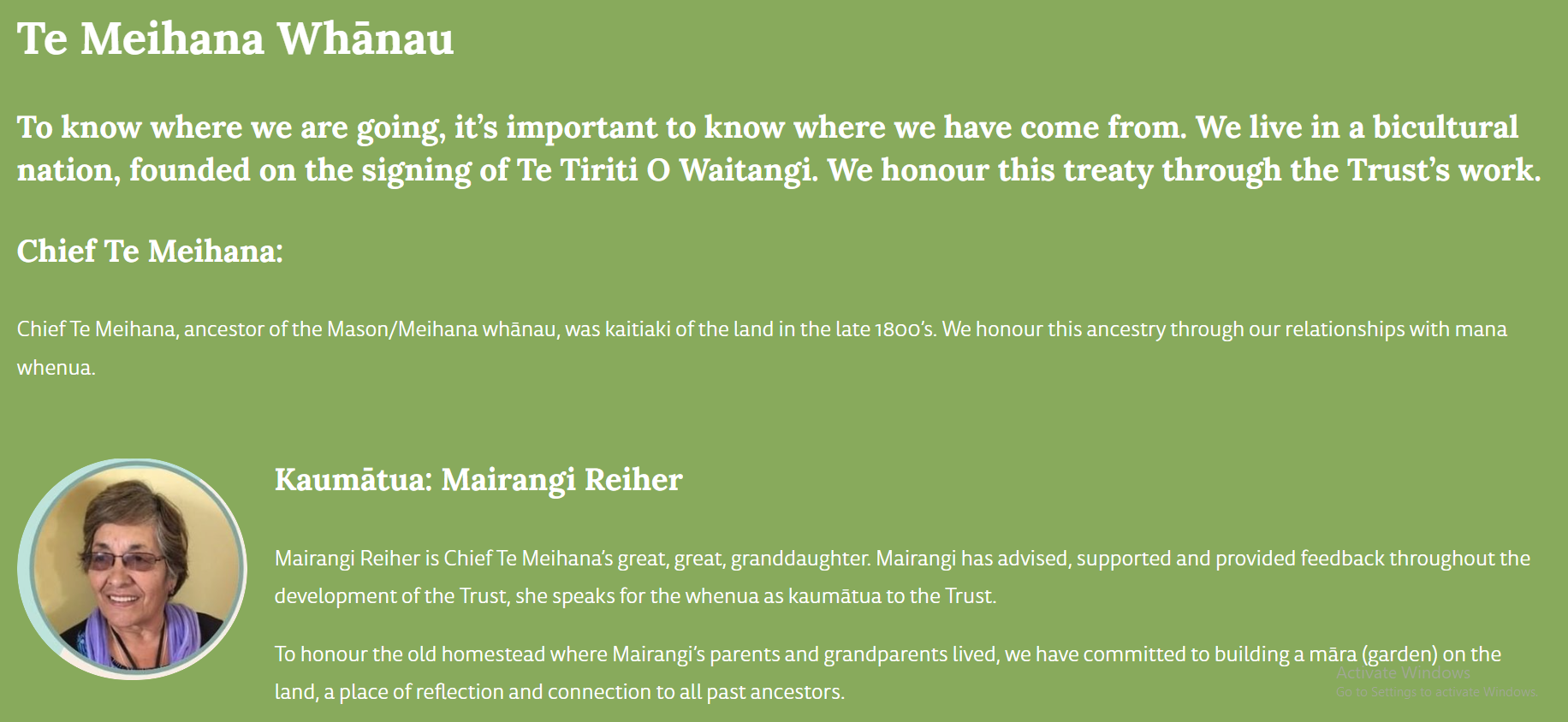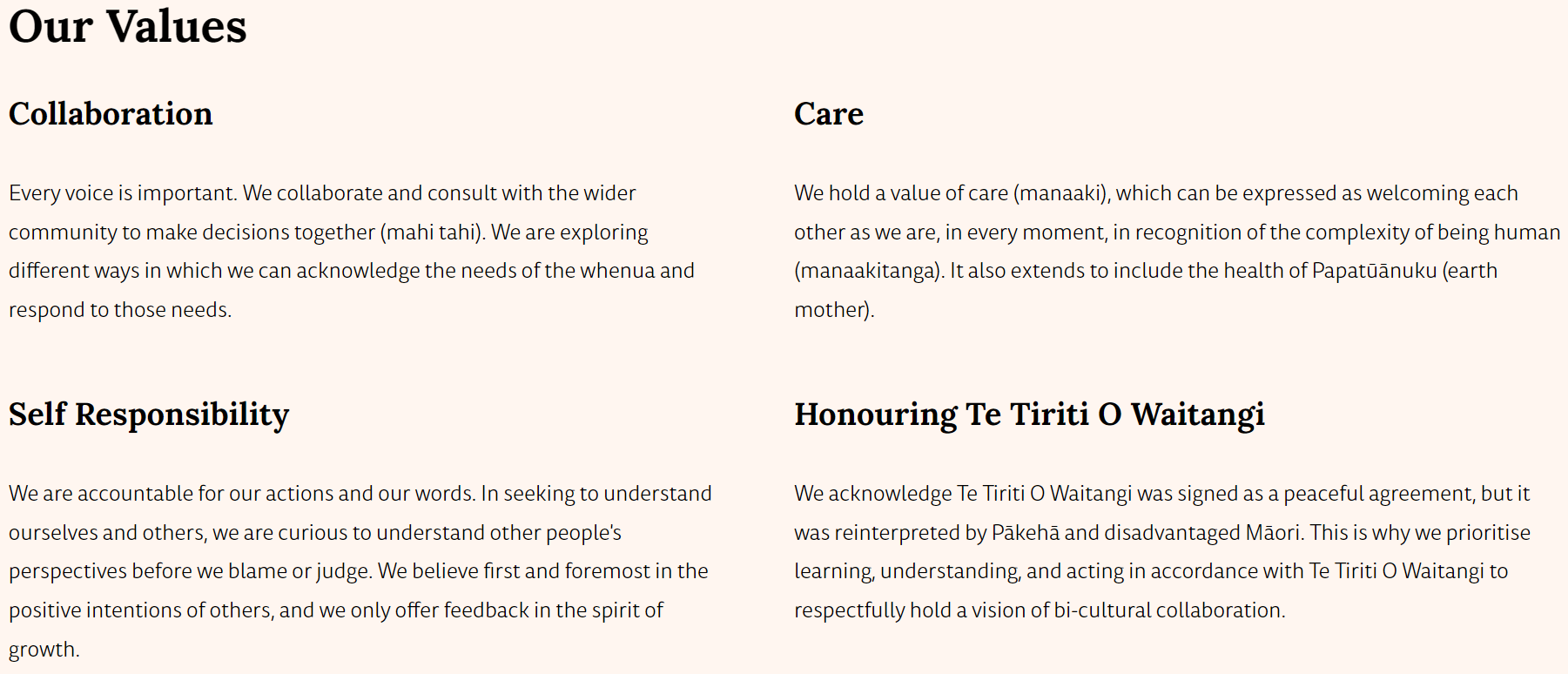Papakāinga / Cohousing - Similarities and Differences
Exploring Papakāinga and Cohousing: Uniting Cultures Through Community Living
In the pursuit of sustainable and community-oriented housing solutions, both Papakāinga and cohousing stand out as innovative approaches that prioritise social cohesion, cultural preservation, and environmental stewardship. While they share common goals, each model reflects distinct cultural contexts and values. Let's delve into the similarities and differences between Papakāinga and cohousing:
What are the Similarities?
Community Focus:
Both Papakāinga and cohousing place a strong emphasis on community living, fostering connections, and mutual support among residents. Shared spaces and communal facilities provide opportunities for social interaction, collaboration, and collective decision-making.
Cultural Identity:
Both models celebrate cultural identity and heritage, whether through the incorporation of traditional design elements, adherence to cultural values and customs, or the preservation of ancestral lands. Papakāinga emphasises the importance of Māori culture, language, and tikanga (customs), while cohousing communities may draw inspiration from diverse cultural traditions and values.
Sustainability:
Sustainability is a core principle shared by Papakāinga and cohousing. Both models can prioritise environmentally friendly design, energy efficiency, and resource conservation (although not all choose to prioritise this). By promoting sustainable practices such as renewable energy, water conservation, and organic gardening, both Papakāinga and cohousing contribute to the long-term health and resilience of their communities and the planet.
What are the Differences?
Cultural Context:
Papakāinga is deeply rooted in Māori culture and tradition, reflecting the values, customs, and aspirations of indigenous communities in Aotearoa/New Zealand. In contrast, cohousing originated in Western contexts and draws inspiration from diverse cultural influences, reflecting the values and preferences of its residents, who come from a variety of cultural backgrounds.
Ownership and Governance:
Papakāinga typically involves collective ownership of land and resources by whānau (extended family) or hapū (sub-tribe), with decisions made in accordance with Māori customary law and governance structures. In cohousing, residents typically own or lease individual dwellings within a larger community, with decisions made through consensus-based processes or democratic governance structures.
Spiritual and Ancestral Connection:
Papakāinga often embodies a spiritual connection to the land and a sense of ancestral stewardship, with an emphasis on maintaining cultural continuity and connection to place. Cohousing communities may also value a sense of connection to the land and place but may not necessarily have the same spiritual or ancestral significance attached to the location.
Below is a slide that talks to Tākaka Cohousing’s connection to mana whenua through the Trust (Te Hapori Hauora) established to ensure that the Maori voice was speaking for the land and the new neighbourhoods were connected to the history of the land.
Legal and Regulatory Framework:
Papakāinga developments may be subject to specific legal frameworks and regulations that recognize and support Māori land rights and self-governance. Cohousing communities may operate within existing legal frameworks governing property ownership, homeowners' associations, and zoning regulations, with varying degrees of support or recognition from local authorities.
Papakāinga and cohousing represent distinct yet complementary approaches to community living, each rooted in its own cultural context and values. While Papakāinga reflects the aspirations of Māori communities to reclaim and revitalise ancestral lands, cohousing embodies a broader movement towards collaborative, sustainable, and inclusive housing solutions. By recognizing and respecting the similarities and differences between these models, we can learn from each other's experiences and insights, enriching the tapestry of community living for generations to come.


